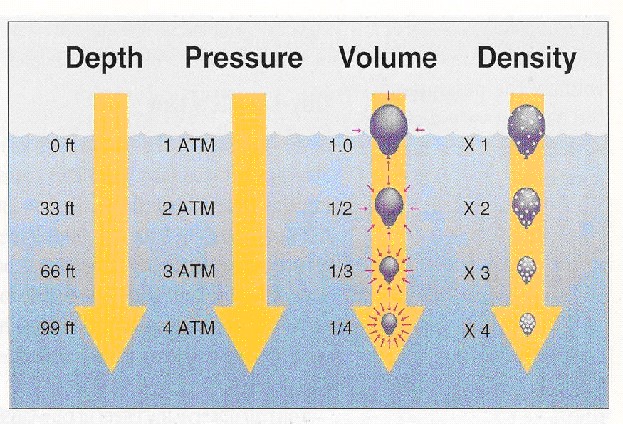Answer to Question 1
B, C, D, F
a. Incorrect. Osteoarthritis in the neck is not related to nursing care planned to reduce the risk for pressure ulcers because it should not impair this older adult's mobility or ability to ob-tain and prepare food.
b. Correct. The nurse plans care to address dehydration as a significant risk factor for pres-sure ulcers because this man is underweight, malnourished, and dehydrated as evidenced by dry mucous membranes. Dehydration increases the risk for pressure ulcers because water is essential for intracellular functioning and cell durability.
c. Correct. The nurse plans care based on the assessment of hypoproteinemia because the man is underweight and malnourished, significantly increasing his risk for pressure ulcers.
d. Correct. A fasting glucose showing hyperglycemia is a clinical indicator of diabetes mel-litus, so the nurse plans care to manage hyperglycemia. Diabetes mellitus increases the risk of pressure ulcers owing to the greater likelihood of impaired tissue perfusion, impaired wound healing, and greater occurrence of peripheral neuropathies. In addition, impaired tissue sensation due to nerve damage from hyperglycemia increases the risk of injury and infection for individuals with diabetes mellitus. A characteristic of type 1 diabetes mellitus is a low weight-for-height.
e. Incorrect. This sodium level is within normal limits.
f. Correct. This man has limited resources for obtaining food, given that he uses food stamps, and thus this is a risk factor for malnutrition, which increases the risk for pressure ulcers.
Answer to Question 2
B
The nurse suggests that the family work together to provide extended expressions of caring and concern for their mother; many small expressions of concern and caring from several sources help the bereaved gain the strength and confidence needed to survive a huge loss. Multiple small gestures are more likely to help build strength and confidence than a few large gestures.
One person is unlikely to provide enough support for the bereaved, and this strategy can potentially imply that only one person is concerned. Helping a widow meet new people can be unsuitable; she may be uninterested or unwilling to attend events for meeting new people. In ad-dition, she may feel that the family is trying to find a replacement for the deceased to ease the family's burden. However, the family can offer to accompany her to such events.







